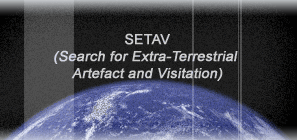|
The Phenix Project has been developed
in the context of more than fifty years of scientific
research on extra-terrestrial life, started by NASA,
allowing to SETI (Search for
Extraterrestrial Intelligence) programs to integrate
scientific sphere with support of renewed physicists and
astronomers.
The first attempts to find extra-terrestrial life were led by the
astronomer Franck Drake in 1960, baptized the “Ozma”
program (Dreake was a pioneer of a statistical approach to
estimating the likely number of extra-terrestrial
civilizations). The results of his studies gave credibility
to SETI programs, previously regarded as “pseudo-science”.
Since the groundbreaking work of Drake, SETI research has
become an established part of scientific research, supported
by governments and private investors.
In 2009, a new spectrometer “Serendip V” set on the
Arecibo radio telescope in Mexico has emerged thanks to
private funds and is now managed by the University of
Berkeley. While NASA's Kepler satellite
COROT of CNES (French National Centre for
Space Studies) are directed towards the discovery of the
Earth-like planets, the Allen telescope Array
(financed among others by Paul Allen co-founder of
Microsoft) will have 350 antennas in northern California
dedicated exclusively to advanced research of
extraterrestrial civilizations by the end of 2020.
|



